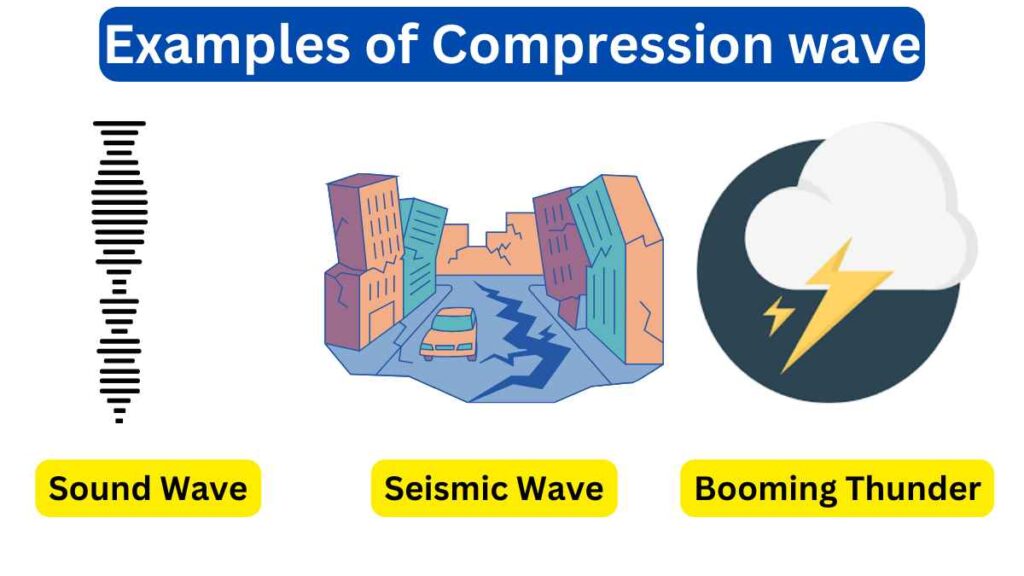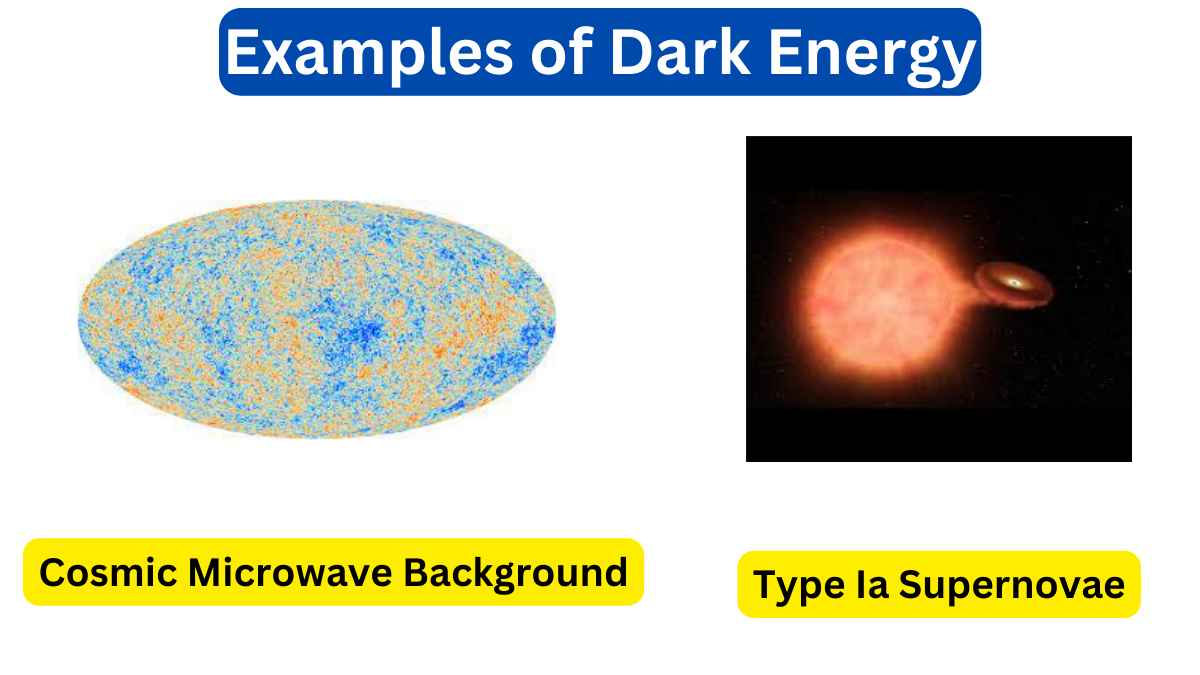10 Examples of Compression Waves
A compression wave is a wave in which the particles of the medium vibrate parallel to the direction of wave propagation. This means that the particles move back and forth in the same direction that the wave is traveling. Compression waves are often called longitudinal waves.

Some common examples of compression waves include sound waves, seismic waves, and shock waves.
Examples of Compression Waves
Here are some common examples of compression waves:
1. Sound Waves
Sound waves are a classic example of compression waves. When you speak, the vibrations of your vocal cords create compressions and rarefactions in the air, which travel as sound waves to your ears.
2. Seismic Waves
Earthquakes generate seismic waves, including primary or P-waves, which are compression waves that travel through the Earth’s interior. These waves are responsible for the initial shaking during an earthquake.
3. Ultrasound Waves
In medical imaging, ultrasound waves are used to create images of the inside of the body. These waves are compression waves that travel through tissues and bounce back to create images.
4. Shockwaves
Shockwaves are powerful compression waves generated by explosive events, such as explosions or supersonic objects. They can cause significant damage and are used in various applications, including mining and demolition.
5. Slinky Toy
When you stretch and then release a Slinky toy, you can observe compression waves traveling through the coils. As the coils compress and expand, the wave moves along the length of the Slinky.
6. Spring Oscillations
When you compress or stretch a coiled spring and then release it, you create compression waves that travel through the spring. This is similar to the Slinky example but on a smaller scale.
7. Slamming a Door
When you slam a door, you create a compression wave in the air. The rapid movement of the door pushes air particles together, creating a pressure wave that you hear as a loud noise.
8. Whip Crack
When you crack a whip, the sudden movement of the whip’s tip creates a compression wave that travels along the length of the whip. This produces a distinctive cracking sound.
9. Booming Thunder
Thunder is produced by the rapid expansion of air heated by a lightning strike. This expansion creates compression waves that travel through the atmosphere, producing the rumbling sound we hear as thunder.
10. Pulse in a Slinky
By rapidly shaking one end of a Slinky up and down, you can create a compression wave that travels along the coils, resembling a pulse.
These examples demonstrate how compression waves are prevalent in various natural phenomena and everyday experiences, ranging from sound propagation to seismic activity and beyond.

 written by
written by 





Leave a Reply